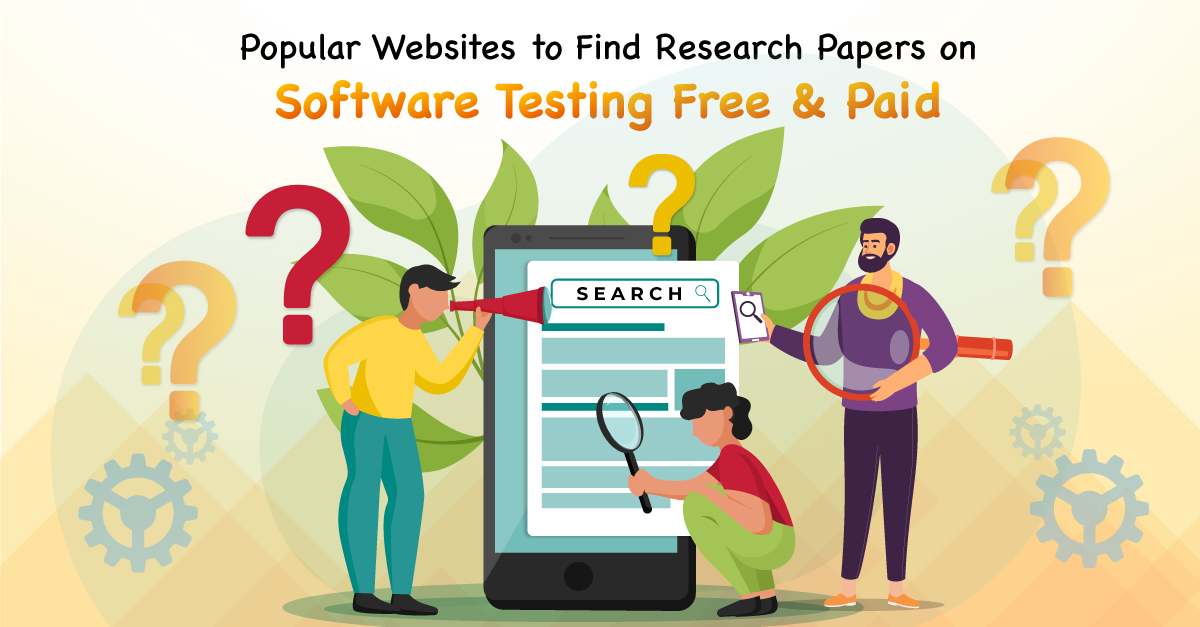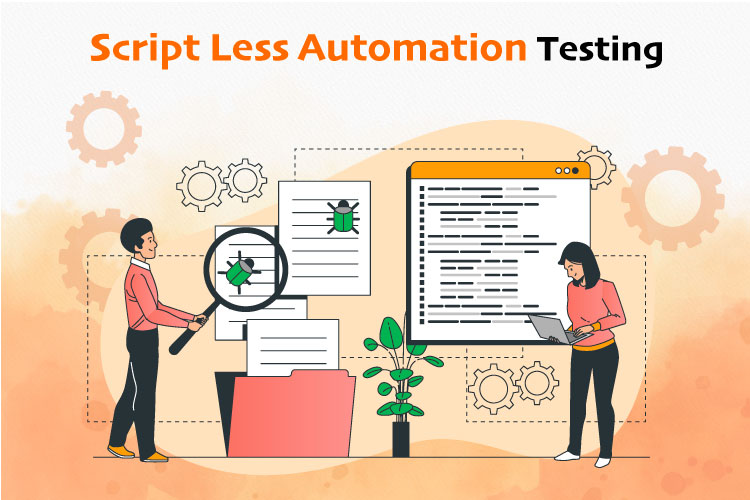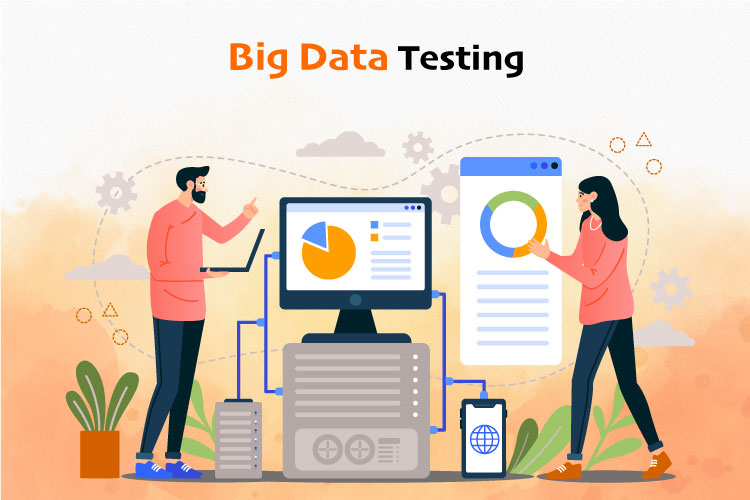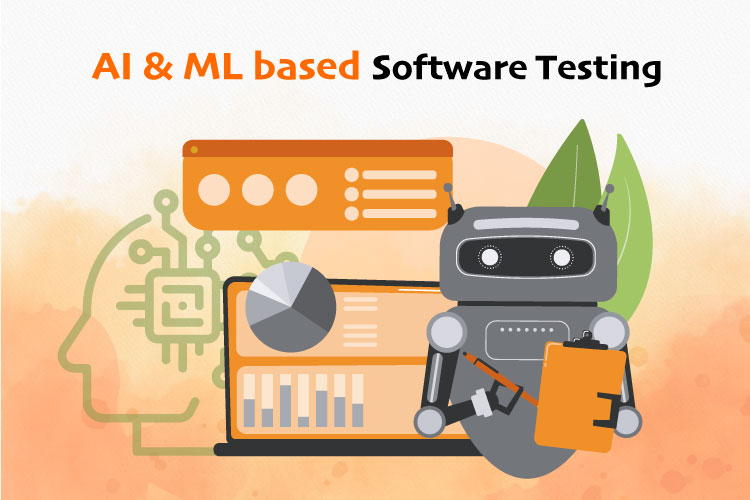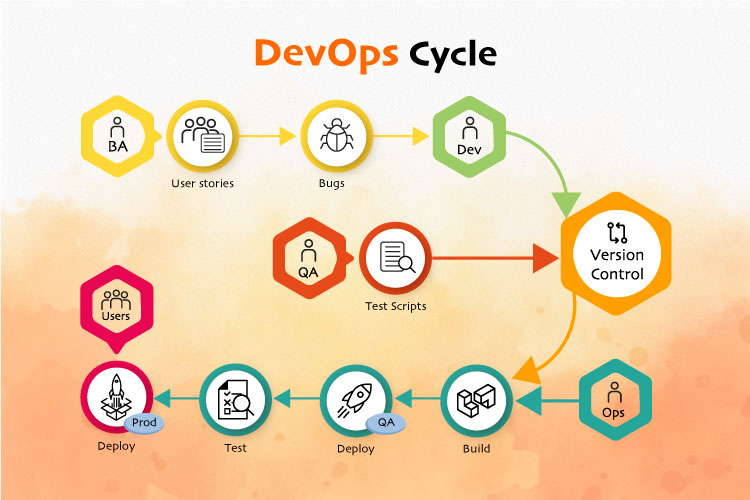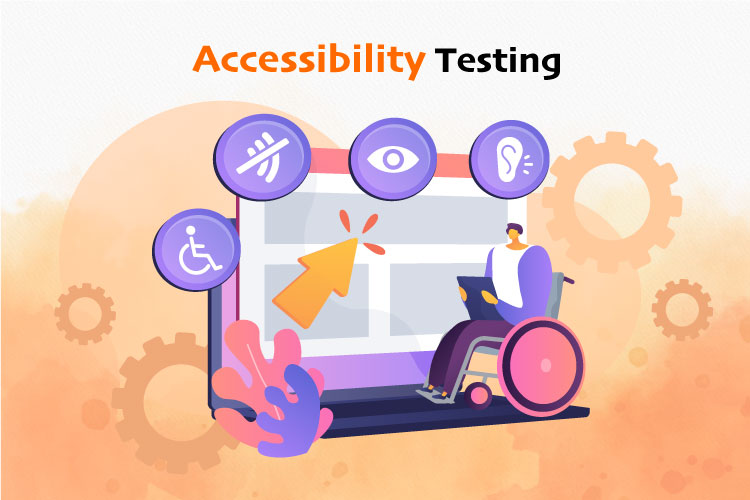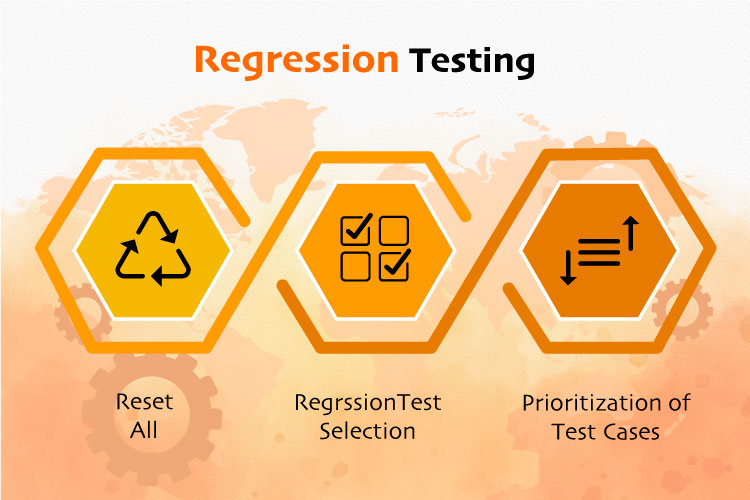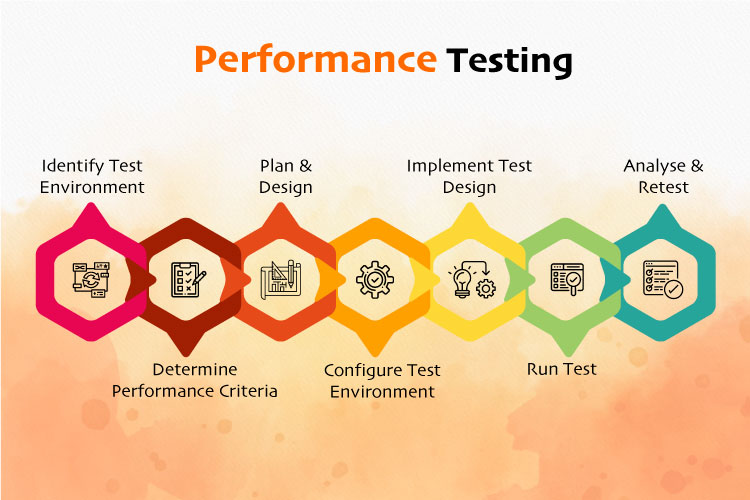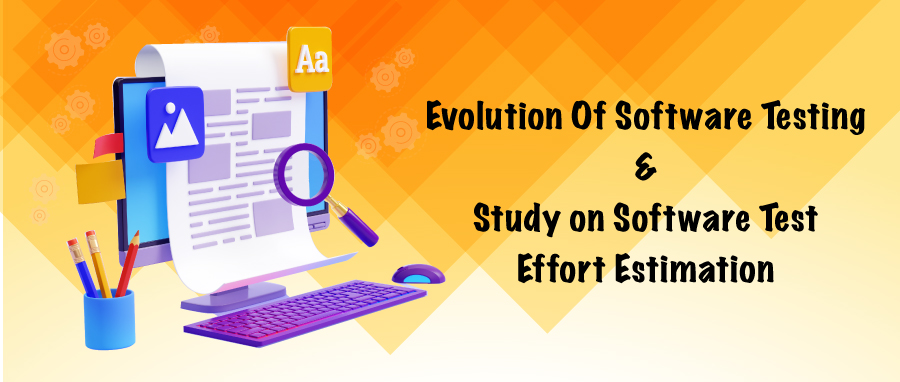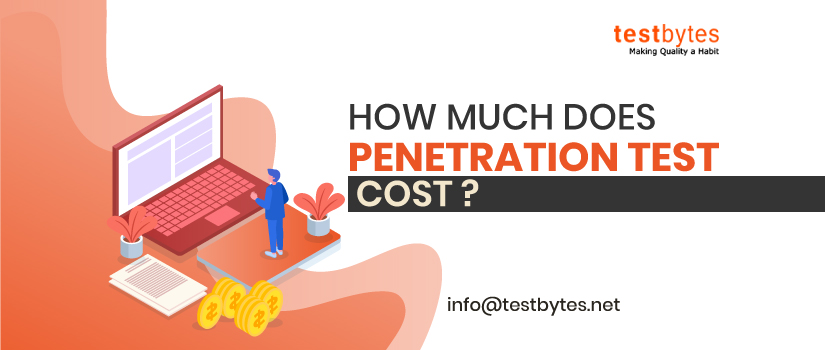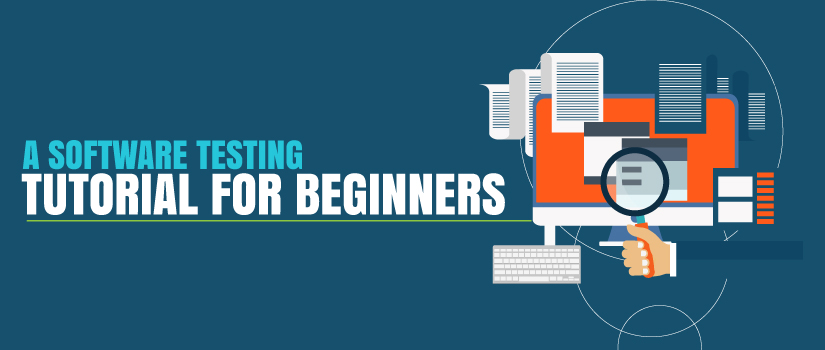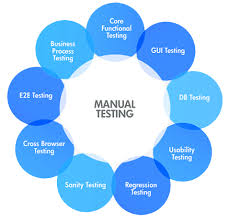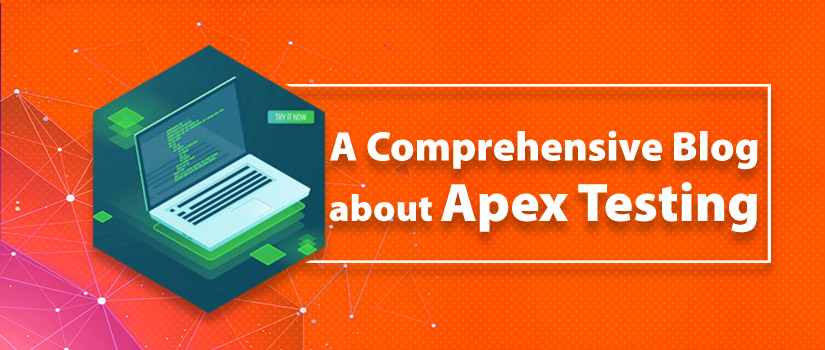Software testing is the most significant part of the Software Development Lifecycle (SDLC) as it is something upon which the final delivery of the product is dependent. It is time consuming and an intensive process, therefore, enhanced techniques and innovative methodologies are requisite.
We provide introductory information about the well as the source of the research papers for software testing, which is either free or paid.
There are very few libraries in the research area where research papers are accessible; some papers are protected by their authors; we can access the research paper by requesting or paying the appropriate amount. The impact of technology on our businesses is exciting and the opportunities for us are unlimited.
Here are some major trends for research parameters that are changing the face of software testing
1. Springer Nature:
Our very first platform that is useful for researchers is “Springer Nature”. Springer Nature is a publishing, educational, and research-based company. The company looks to provide resources primarily for researchers and scientists.
Springer Nature advances discovery by publishing trusted research, supporting the development of new ideas and championing open science. We are committed to playing our part in accelerating solutions to address the world’s urgent challenges.

There are some journals published by Springer that are specifically designed for software testers’ research. “Software Quality Journal“ and “Automated Software Engineering” are the journals where researchers can publish their research as well as some past researchers’ papers for reference. These journals are generally free to readers, but some papers are protected by the author; users can access the references after requesting access or paying access fees. For access to the Springer Nature Library, follow the link https://www.springernature.com/gp
Read Also: Personality Analysis of Software Testers A Scientific Approach
2. Clarivate
Web of Science is the world’s most powerful research engine, which is a subscription platform that gives access to many databases including reference and citation data from academic journals, conference proceedings, and other materials in a variety of academic subjects.

It was created by the Institute for Scientific Information. It is utilized for searching of a subject and cited references; for instance, it retrieves the articles that are cited by a reference article and also helps in the viewing of the references that are already cited in a relevant article.
Clarivate is the current owner which helps you collect and analyze information for insights you can easily act on. Under this, we can get the papers based on title or keywords. Based on software testing, the platform almost covers the majority of research for access to the Web of Science Library by using this link https://mjl.clarivate.com/search-results.
3. Mendeley
“Mendeley” is a reference management programme that was established in 2007 by PhD students Paul Foeckler, Victor Henning, and Jan Reichelt and was purchased by Elsevier in 2013. It is used to organise and distribute research papers, as well as to produce bibliographies for scholarly works. Following the purchase, the Mendeley team expanded its product portfolio while iterating on its core reference management application. Mendeley can track reader numbers, which have been shown to predict citation impact, although journal-level metrics are poor indicators of dependability.

It covers a large dataset about software tester research publication for more explosions Login in Mendeley and access the trending subject as references. Mendeley is a free reference manager that can help you collect references, organize your citations, and create bibliographies which manage the software that helps to manage your research data in systematic way. Below is the link which helps the researcher easily to enter in mendeley https://www.mendeley.com/?interaction_required=true
Read Also: History of Software Testing Estimation Models for Cost Analysis
4. ResearchGate
“ResearchGate” is a commercial social networking service for academics and researchers around the world that allows them to exchange papers, ask and answer questions, and locate partners i. e. it discover scientific knowledge and stay connected to the world of science While viewing articles does not necessitate registration, site members must have an email address from a recognised university or be personally certified as published researchers.

The research gate shows the result based on the title and the keywords under the banner of ResearchGate, no specific journal is designed for software testing. For reference purposes, it covers a wide range of papers in the software testing domain and getting the papers based on the title and keywords do follow the following link https://www.researchgate.net/.
5. Institute of Electrical and Electronics Engineers (IEEE)
The “Institute of Electrical and Electronics Engineers (IEEE)” is a professional society for electronic and electrical engineering, which is an organization dedicated to advancing innovation and technological excellence for the benefit of humanity, is the world’s largest technical professional society. It is designed to serve professionals involved in all aspects of the electrical, electronic, and computing fields and related areas of science and technology that underlie modern civilization. The IEEE’s aim is to advance technology for the benefit of humanity.

The IEEE has some journals that are very useful for the domain of software testing. The journals are as follows: “IEEE Access”, “IEEE Transactions on Software Engineering,” and “IEEE Software” are the three most popular journals that are useful for software tester research aspirants and there is IEEE Standard for Software Test Documentation which is a set of basic test documents that are associated with the dynamic aspects of software testing that is, the execution of procedures and code.
The role of IEEE in current technology is to advance computer and information processing science and technology; promote professional interaction; and keep members up-to-date on the latest developments. If you want to publish your article or need some standard papers for reference, go to IEEE and access them; some are free and some are subscription-based. We are providing the link for easy access https://ieeexplore.ieee.org/Xplore/home.jsp
6. Elsevier
“Elsevier” is a scientific, technical, and medical Publishing Corporation which takes a hand in shaping the future of knowledge with roles dedicated to delivering innovations and improvements to our platforms. Elsevier has Agile work flows embedded within the company which utilizes cutting-edge technological practices and focused on improving your technical skills, and they provide access to resources to help you progress.

Electronic and print editions of periodicals, text books, and reference works covering the health, life, physical, and social sciences are among the products and services offered. Academic and government research institutions, corporate research labs, booksellers, librarians, scientific researchers, authors, editors, physicians, nurses, allied health professionals, medical and nursing students and schools, medical researchers, pharmaceutical companies, hospitals, and research establishments are among the target markets. Following are the some standard Elsevier journals in the software testing domain:
1. “Security Controls Evaluation, Testing, and Assessment Handbook.”
2. “SDL ’97: Time for Testing”
3. “Practical Model-Based Testing”
4. “Usability Testing Essentials”:
For direct access to the Elsevier go through the link https://www.elsevier.com/en-in
Read Also: Software Testing Latest Trends & Technology in 2023
7. Semantic Scholar
“Semantic Scholar” is an artificial intelligence-powered scientific literature research tool created at the Allen Institute for AI and made public in November 2015. It makes use of improvements in natural language processing to produce scientific article summaries. Semantic Scholar is examined to locate primary papers of selected secondary studies and identify missing venues.
The proposed search strategy is used to check the ability to retrieve primary papers of each secondary study. The Semantic Scholar team is investigating the application of artificial intelligence in natural language processing, machine learning, human-computer interaction, software testing, and information retrieval.

Semantic Scholar summarises scientific literature in one statement. One of its goals was to overcome the difficulty of reading multiple titles and long abstracts on mobile devices. It also aims to guarantee that the three million scientific articles published each year reach readers. Basically, it is the collection of databases of all the types of research libraries available here; basically, it is domain-independent. We can search the article on this platform by applying some filters such as subject, domain, title, keywords, etc. We provide a link to Semantic Scholar for research aspirants to easily search any research article in any domain. https://www.semanticscholar.org/
8. ScienceDirect
“Science Direct” is a website that gives access to Elsevier’s enormous bibliographic collection of scientific and medical publications. It emphasizes developing a strategy for testing and validation and show how to design a testing and validation program that deliver information in a timely and cost effective manner.
Researchers, teachers, students, healthcare and information professionals use ScienceDirect to improve the way they search, discover, read, understand and share scholarly research.
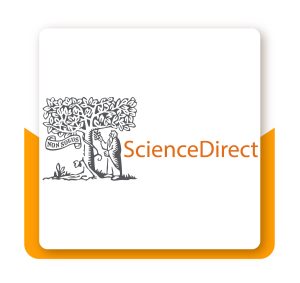
ScienceDirect combines authoritative, full-text scientific, technical and health publications with smart, intuitive functionality so that users can stay informed in their fields and can work more effectively and efficiently. Article abstracts are freely available, but full text access usually needs a membership or pay-per-view payment, unless the material is freely available via open access.
The following journals are relevant to the software testing domain:
1. Advances in Computers
2. Perspectives on Data Science for Software Engineering
3. Journal of Systems and Software
4. Applied Soft Computing
5. Information and Software Technology
6. Information Sciences.
These journals are very useful for researchers in terms of publication and reference purposes; however, some articles in these journals are author-restricted and require access permission. We’ve included a link to ScienceDirect home page for your convenience https://www.sciencedirect.com/.
Get ready to quick access to check the remarkable software testing platforms
| Platforms for research parameters | Link |
| Springer Nature | https://www.springernature.com/gp |
| Web of Science | https://mjl.clarivate.com/search-results |
| Mendeley | https://www.mendeley.com/?interaction_required=true |
| Research Gate | https://www.researchgate.net/ |
| IEEE | https://ieeexplore.ieee.org/Xplore/home.jsp |
| Elsevier | https://www.elsevier.com/en-in |
| Semantic Scholar | https://www.semanticscholar.org/ |
| ScienceDirect | https://www.sciencedirect.com/ |
The software development industry has devolved into a front line. Every company wants its product to be the greatest and in order to make your product the greatest on the market; you must ensure that it is of the highest quality.
Conclusion
The primary goal of this blog is to provide a research sources used for references and to help aspiring researchers in their search for researchers.
